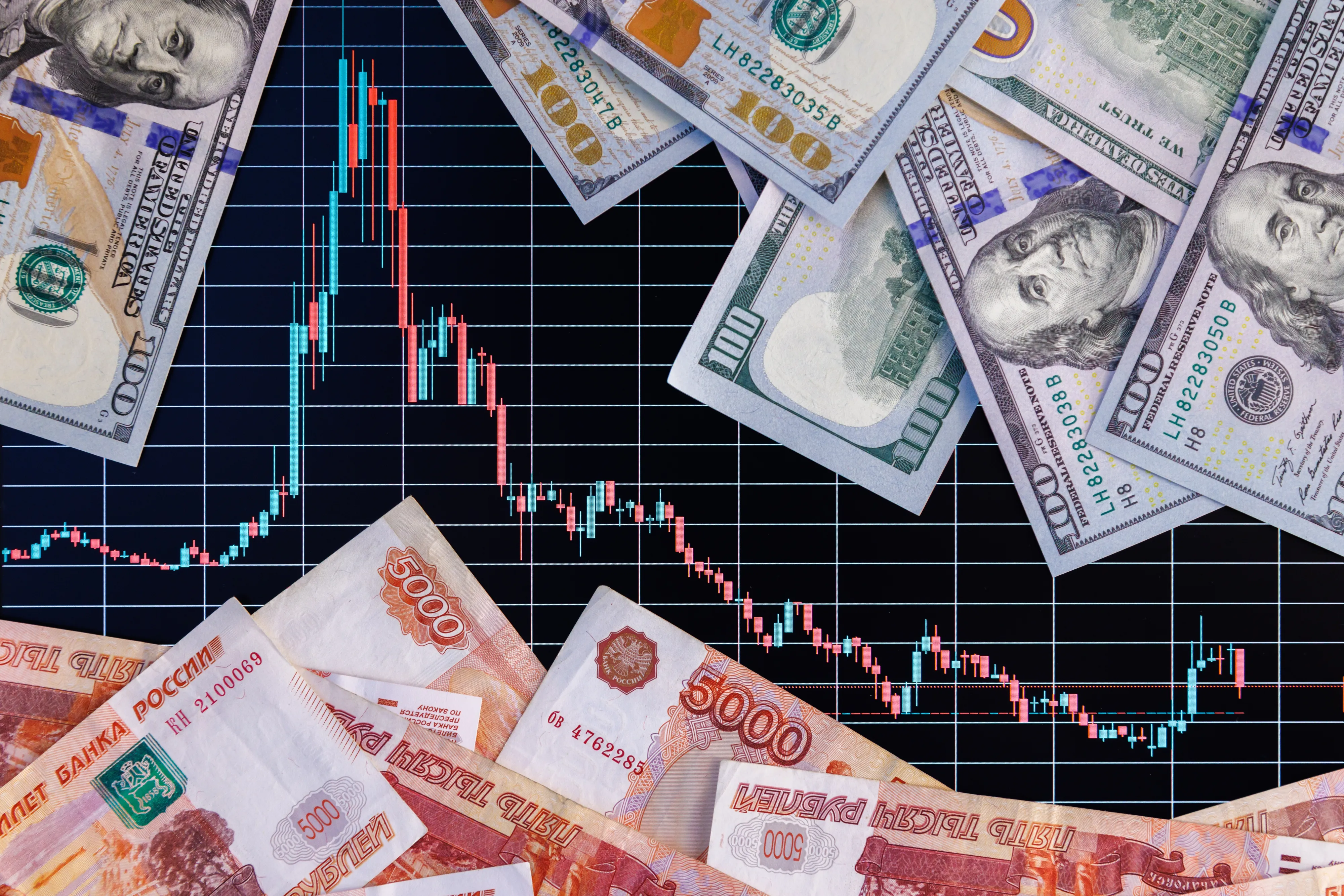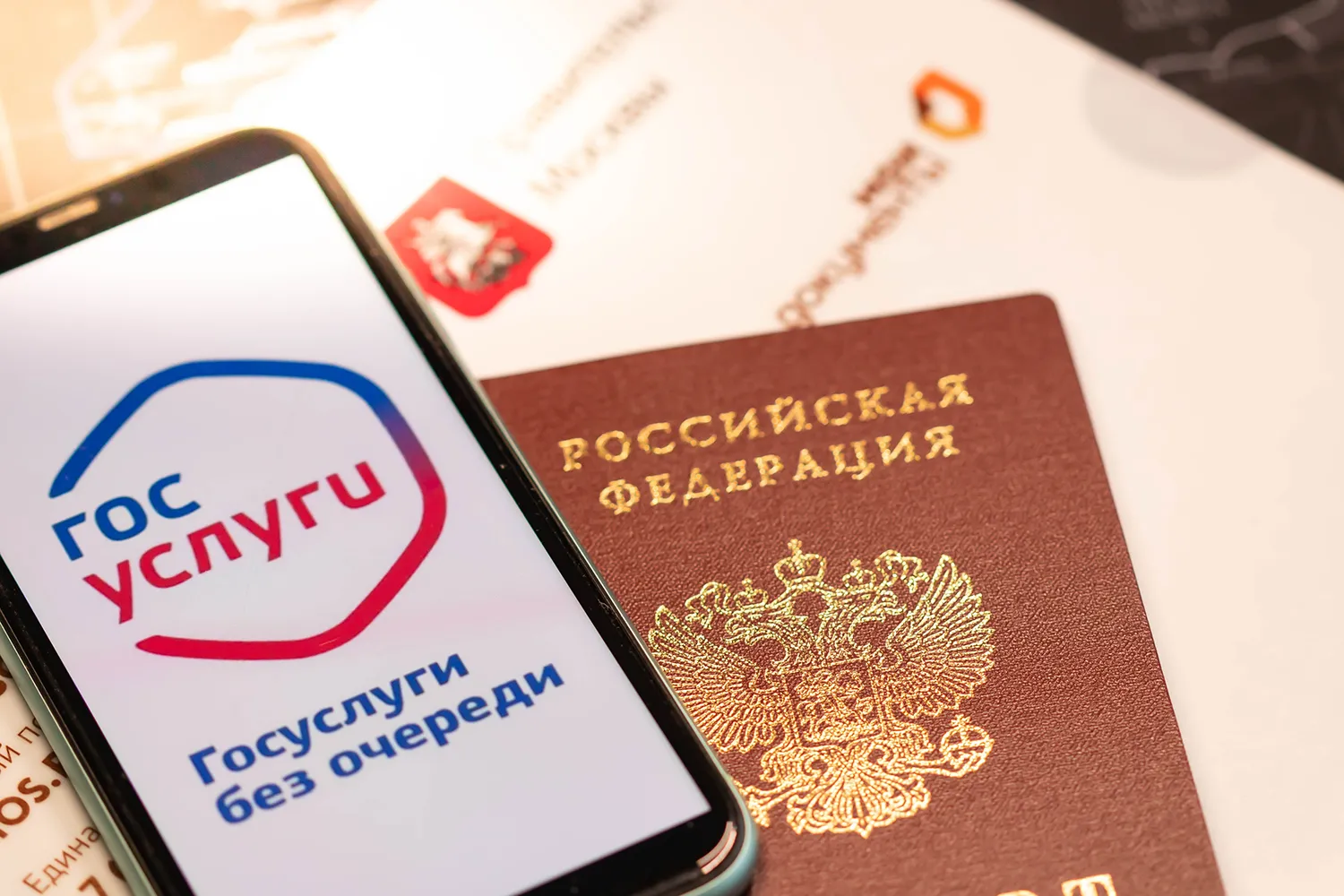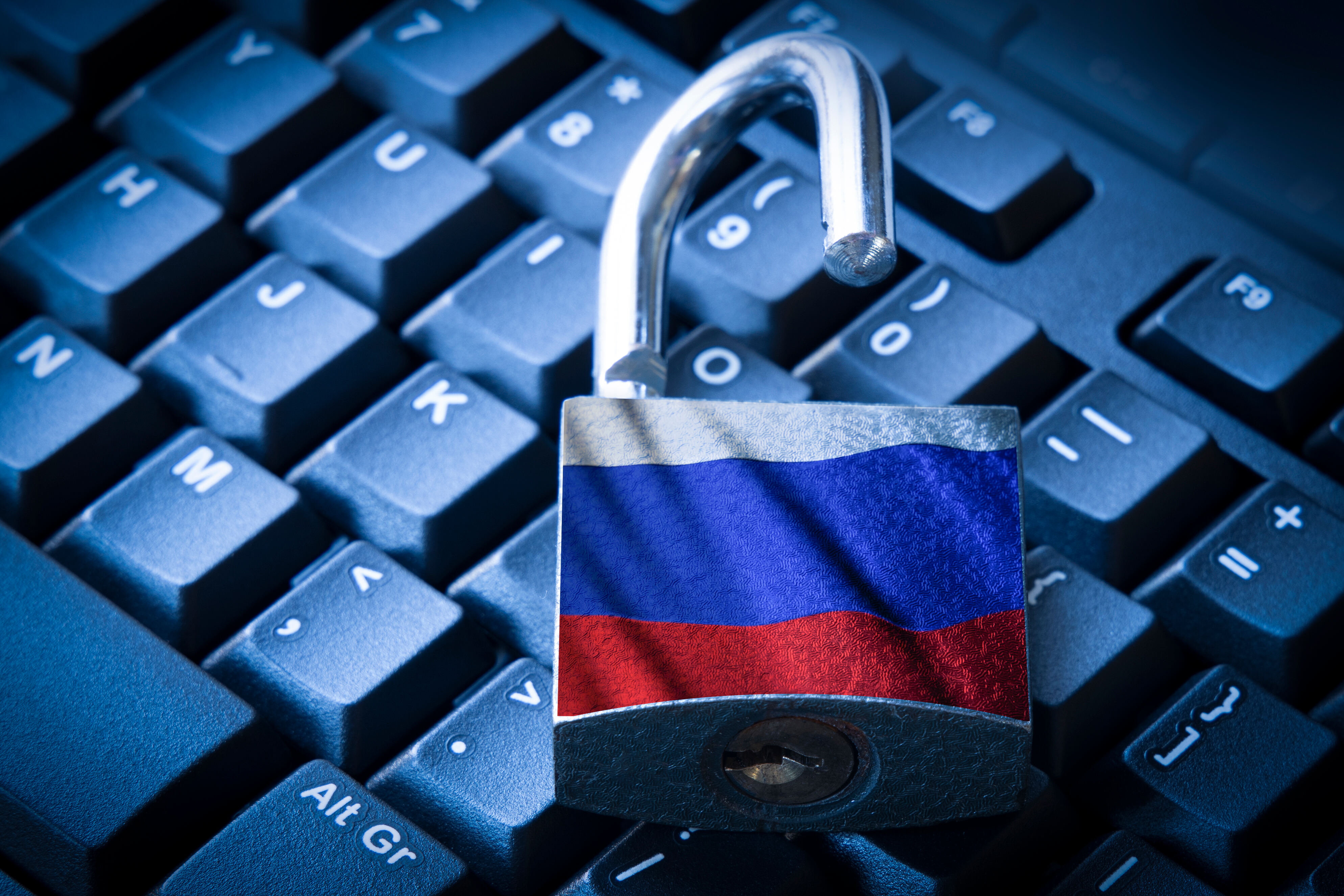Digital Ruble Enters the Ring: Russia’s Central Bank Currency Goes Global

Amid growing global interest in central bank digital currencies (CBDCs), Russia is rolling out its own digital ruble—not just to modernize payments, but to challenge the dominance of Western finance infrastructure and offer partners in the Global South an alternative.
Beyond SWIFT: Building Independence from the Dollar
As more countries reduce reliance on the U.S. dollar and euro in cross-border trade, many are exploring national digital payment systems. For Russia, the move became urgent after being cut off from the SWIFT interbank network.
Yet Russia was prepared. Nearly a decade ago, the Central Bank of Russia launched its own financial messaging system (SPFS). Today, SPFS connects 557 banks and organizations, including 159 foreign institutions in 20 countries, according to Deputy Governor Vladimir Chistyukhin.
This foundation now supports the next step: introducing the digital ruble, Russia’s third form of national currency alongside cash and non-cash rubles.
The Digital Ruble Takes Shape
Unlike cryptocurrencies, the digital ruble is issued and backed exclusively by the Russian Central Bank. Pilot projects are already underway with 15 major institutions, including Sberbank, VTB, Alfa-Bank, and Gazprombank.

Stored and transacted on a state-controlled platform, the digital ruble is supported by the country’s gold and foreign exchange reserves. According to Promsvyazbank, which is participating in the pilot, digital rubles will soon be as familiar to citizens as cash or card payments.
Russia’s Ministry of Finance recently approved amendments to the Budget Code that pave the way for public-sector use. Starting in 2025, federal spending can be executed in digital rubles. By 2027, all budgetary levels—from national to municipal—are expected to adopt it.
BRICS, Blockchain, and the Rise of a Parallel System
The digital ruble is more than a domestic reform. Experts see it as a tool for de-dollarization—especially among BRICS nations and the Global South. With BRICS now accounting for 28% of global GDP, the alliance is exploring digital alternatives for trade settlement.
At the BRICS summit, Russian President Vladimir Putin proposed an investment platform based on digital currencies. Central banks in India, China, Iran, and the UAE are already testing or scaling CBDCs. A BRICS working group is evaluating how digital currencies could power a unified, SWIFT-independent payment system.

According to Pavel Novikov of Sk Fintech Hub, the number of countries developing CBDCs has quadrupled over the past four years reaching 134.
Toward a Multipolar Financial Future
Russia’s efforts align with a broader global shift toward multipolar finance. The proposed BRICS digital platform could serve as a neutral alternative to Western-dominated systems.
As emerging economies look for sovereignty in digital finance, the digital ruble might become not only a national tool—but the backbone of a new global settlement infrastructure.









































